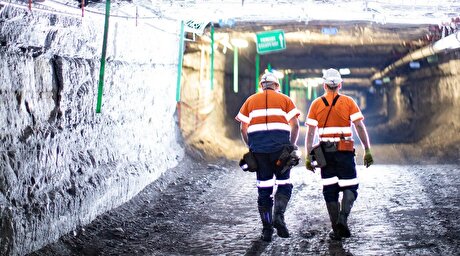
Viewpoint: European pellet demand to outpace supply
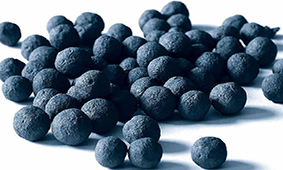
Pellet production projects are not growing at the same rate, pointing to an inevitable shortfall in supply.
Significant new base-load demand in 2020 will come from the Netherlands, where four substantial biomass co-firing projects began firing in the past year. The plants — RWE's 630MW Amer 9, its two 777MW Eemshaven units A and B, Uniper's 1.1GW Maasvlakte 3 and Onyx Power's 731MW Rotterdam plant — are all ramping up wood pellet co-firing percentages. Their demand alone will total around 3.4mn t/yr at full capacity.
Demand for the first half of 2020 looks particularly strong, despite a delay at MGT's pellet-fired 299MW Teesside plant in the UK. MGT is now due to start up at the end of July 2020, pushed back from March.
In the UK, the renewables obligation (RO) year ends on 31 March, encouraging UK generator Drax to run its 645MW biomass-fired units — three of which are under RO subsidy — at or near full capacity until then. Its shutdown plans for 2020 underline strong first-half demand. Drax's planned shutdowns total 156 days across its four biomass units in the third quarter, with just 28 days scheduled in January-June.
Denmark is likely to further boost first-half demand. Its biomass consumption is geared towards the heating season, with a weather-dependent "swing volume" of up to 500,000t in a season.
Its imported wood pellet demand peaked at 3.14mn t net in 2018, but a two-month delay at Hofor's 150MW Amager 4 wood chip-fired plant, now expected on line on 1 March 2020, leaves wood pellet-fired units to pick up the winter slack in January and February.
New pellet supply in 2020 is light, with just 890,000 t/yr (including Pinnacle) of production due to come on line.
The only new North American plant to start operating in 2020 will be Pinnacle's 200,000 t/yr facility in High Level, Alberta, in partnership with Canadian lumber firm Tolko. But this is due to commission in the fourth quarter, and is unlikely to offer extensive volumes in 2020.
US producer Enviva will add 490,000 t/yr of capacity in the year to three existing plants — Southampton, Virginia, Northampton, North Carolina and Sampson, North Carolina, fulfilling some of Europe's growing appetite.
But while European utilities are largely supplied by North American contracts, spot supply often comes from Europe, particularly the Baltics, which are well placed to send prompt coaster cargoes of SBP-certified material. The strength of the US dollar has already given Baltic producers an advantage over US counterparts in contract discussions for 2020 and 2021 volumes. And it is forecast to maintain its strength against the euro throughout 2020, benefiting Baltic wood pellet exporters as buyers look towards more competitive euro-denominated volumes.
But European production capacity is expected to grow by just 200,000 t/yr in 2020, potentially limiting the amount of spot demand that European producers will be able to fulfil. The majority of new production will come from Spain, where Spanish pellet producer Biowood Niebla plans to start two 75,000 t/yr pellet mills — but not until the second half of the year. In Latvia, Stora Enso is expected to start production at its 50,000 t/yr Launkalne plant in the second quarter.
Asian demand is increasing, heightening competition for the North American supply that Europe has until now almost exclusively accessed. Japan will get five new pellet co-firing plants in 2020, and South Korea is due for around 2mn t/yr of new pellet demand across 2020. It imported 2.5mn t in January-October. Although the bulk of North America's supply contracts to Asia will start in 2022 and Vietnamese pellets can feed some requirements, with the benefit of a comparatively low spot price and agile coaster deliveries, some North American supply will inevitably feed increased Asian demand.
The overall picture is one of increased global wood pellet demand and competition between regions and an inevitably tight and sensitive European spot market balance throughout 2020.
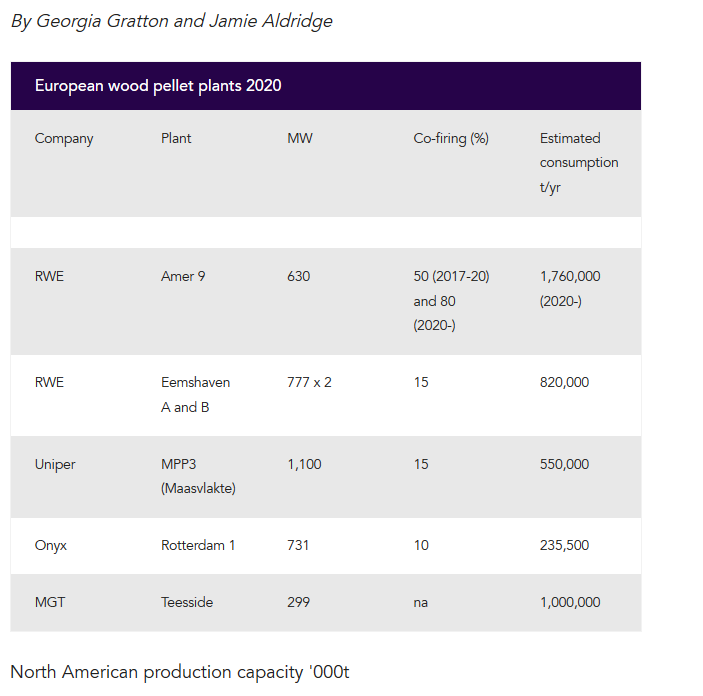
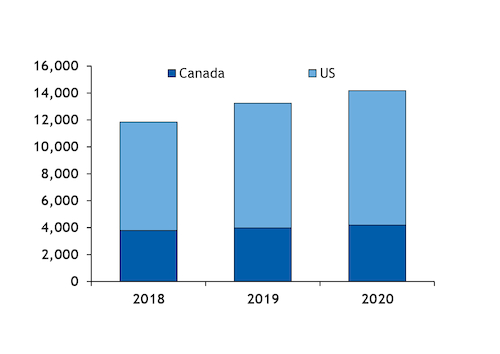

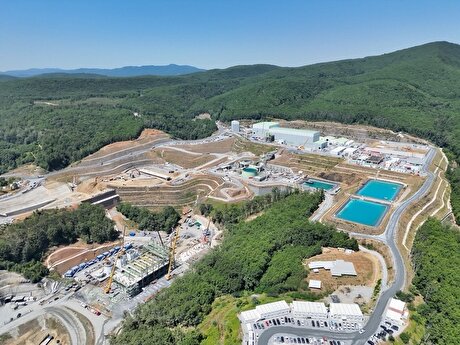
Eldorado to kick off $1B Skouries mine production in early 2026

Newmont nets $100M payment related Akyem mine sale

First Quantum scores $1B streaming deal with Royal Gold

Caterpillar sees US tariff hit of up to $1.5 billion this year

Copper price collapses by 20% as US excludes refined metal from tariffs

Gold price rebounds nearly 2% on US payrolls data

St Augustine PFS confirms ‘world-class’ potential of Kingking project with $4.2B value

B2Gold gets Mali nod to start underground mining at Fekola

Copper price posts second weekly drop after Trump’s tariff surprise
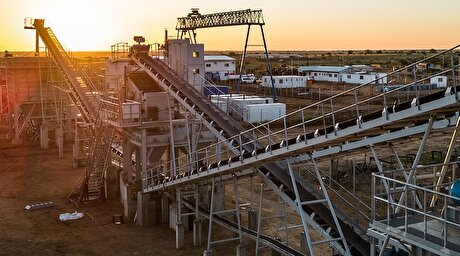
NextSource soars on Mitsubishi Chemical offtake deal

Copper price slips as unwinding of tariff trade boosts LME stockpiles

SAIL Bhilai Steel relies on Danieli proprietary technology to expand plate mill portfolio to higher steel grades

Alba Discloses its Financial Results for the Second Quarter and H1 of 2025

Australia weighs price floor for critical minerals, boosting rare earth miners

Australia pledges $87M to rescue Trafigura’s Nyrstar smelters in critical minerals push

Fresnillo lifts gold forecast on strong first-half surge

Why did copper escape US tariffs when aluminum did not?
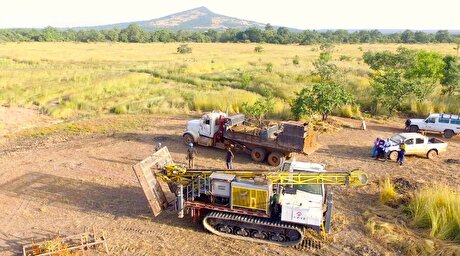
Fortuna rises on improved resource estimate for Senegal gold project

Caterpillar sees US tariff hit of up to $1.5 billion this year

NextSource soars on Mitsubishi Chemical offtake deal

Copper price slips as unwinding of tariff trade boosts LME stockpiles

SAIL Bhilai Steel relies on Danieli proprietary technology to expand plate mill portfolio to higher steel grades

Alba Discloses its Financial Results for the Second Quarter and H1 of 2025

Australia weighs price floor for critical minerals, boosting rare earth miners

Australia pledges $87M to rescue Trafigura’s Nyrstar smelters in critical minerals push

Fresnillo lifts gold forecast on strong first-half surge

Why did copper escape US tariffs when aluminum did not?

Fortuna rises on improved resource estimate for Senegal gold project














